A study finds that people who lost a bunch of weight after participating in the TV reality show “The Biggest Loser” gained most of it back. That’s of course no surprise. What’s more interesting are the findings about how their metabolism changed after the weight loss.
A KQED broadcast last week (May 2, 2016 – All Things Considered) reported on a study that examined what happened to the participants in the TV reality show The Biggest Loser after the show was over. A (not too surprising) fact was that many of them regained much of the weight they had lost during the show.
One of the report’s conclusions was that body weight is biologically determined and that “it’s not just a matter of willpower to produce weight loss and to keep weight off.” It seems that the body wants to regulate its fat content to a set point, like a spring: you can compress it, but as you let go, it returns to its original position.

No surprise
This finding, of course, doesn’t come as a surprise. Anybody that has been on a weight loss diet could have told you that. With the risk of sounding conceited, this result was highly predictable, not to say inevitable.
So why do most people still believe that after going on a weight-loss diet, they can return to their old ways and still keep the weight off?
This has always seemed odd to me, until I examined the prevailing weight-loss beliefs more in depth.
It turns out that most people, including doctors and health professionals, view the body as a calorie bag: if you eat more calories that you expend, you gain weight; if you spend more than you eat, you lose weight. Before people embark on their lean quest, their weight is more or less constant (maybe several pounds higher than they wished, but stably so). The logical deduction is that what they are eating balances exactly what they expend. Therefore, if they could only lose the extra pounds, they’d be fine and could resume their old lifestyle happily ever after. QED.
Logical? Well the fact that this scheme doesn’t work should be proof enough that the “calorie in – calorie out” view of weight control is incorrect.
Regulation – The Spring effect
Actually, how fat is stored in our cells is a complex, regulated system, the body trying hard to stabilize the amount of fat around a set value.
This set value is a function of our genetics, as well as our long term nutritional behavior, environment and medical history; with age our body is less resilient, and coping with excesses becomes more difficult.
Still, another sensible line of reasoning says that you can’t produce something out of nothing, and that, in order to gain weight, you have to take in more calories than you consume. After all, like gravity, thermodynamics are not just a good idea, they are the law! So how can a weight-loss contestant eat less than ever, keep-up the exercise, and still gain the weight back? Read on…
Somewhat of a surprise (but not that
much)
One contestant interviewed explained that she had worked extremely hard at shedding the original weight: it took a grueling regimen of diet and exercise. Listening to her, one could sense that she is a very strong-willed person; nobody could suspect her of being lazy or self-indulging. Yet after she gained the weight back, she found it nearly impossible to lose it again.
The interesting “discovery” of the study was that after they lost weight, the people’s basal metabolic rate (BMR, amount of energy expended while at rest) was disproportionately low compared to the rest of the population: these people needed to burn less calories to sustain their weight than people with the same weight that have never been on a weight reduction program. Conversely, these weight-reduced people needed to eat less than the other people in order to sustain their weight.
Another interesting observation was that, after they regained their weight, the people’s BMR was still low. That contributed to make losing weight the second time around even harder.
There is a prevalent view that muscles burn more calories than fat, and that if you lose fat and build-up muscle, your metabolic rate will increase. The study’s findings go against that theory.
A conclusion
The “calorie in – calorie out” view of the body has been proven wrong over and over again. To reach your ideal weight, you need to improve your metabolism. This goes way beyond “eating less and exercising more”. It includes changing your metabolism, lifestyle and especially your nutrition.
Calorie restriction makes you metabolically weaker.
If you found this post interesting,
sign-up to be notified when there is a new post on our blog.












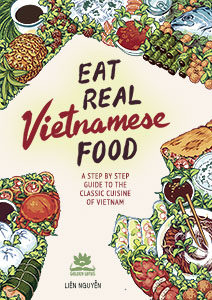

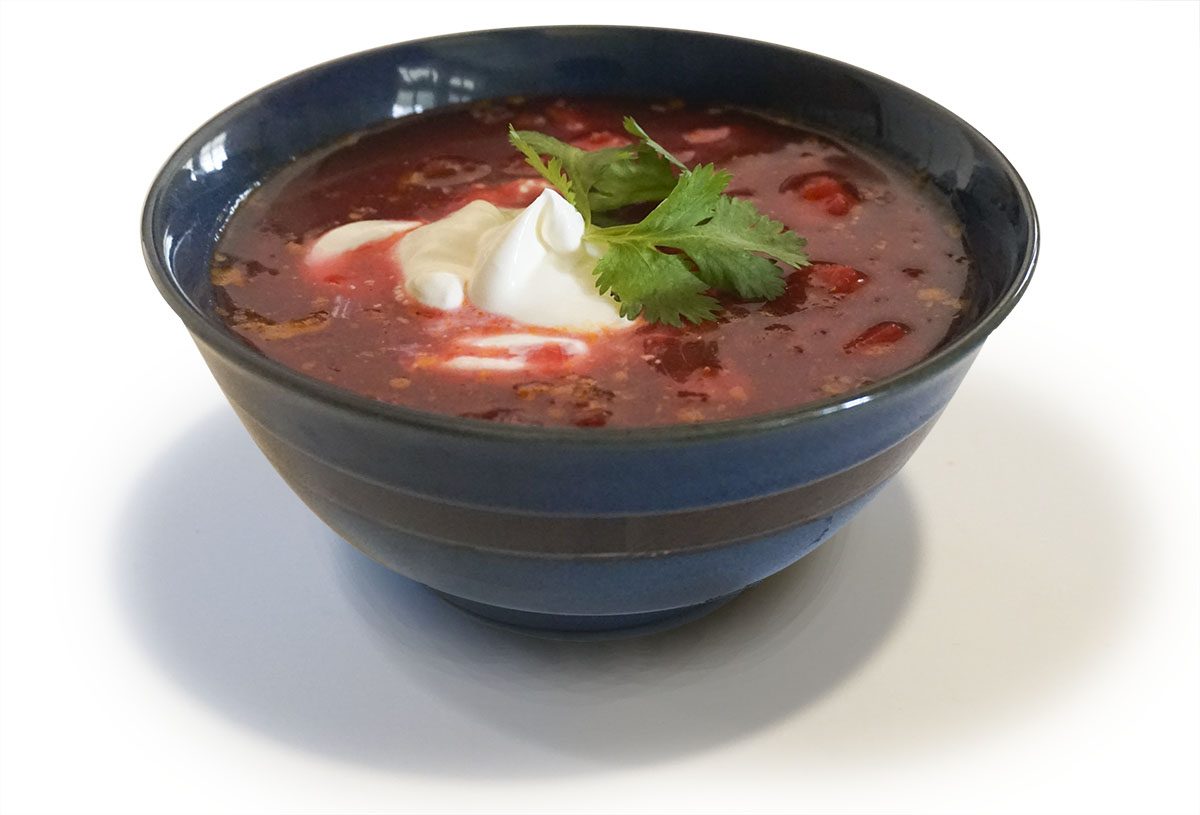


 Here is a good way to extricate yourself out of this distressing dilemma: preserves allow you to spread the consumption of the sugary treat throughout the year, and share it with your friends too. In limited amounts, fruit relishes are an amazing way to bring nutrition and variety to the table. The spices are also an important contributor to our health and, without being magical, possess unique medicinal effects.
Here is a good way to extricate yourself out of this distressing dilemma: preserves allow you to spread the consumption of the sugary treat throughout the year, and share it with your friends too. In limited amounts, fruit relishes are an amazing way to bring nutrition and variety to the table. The spices are also an important contributor to our health and, without being magical, possess unique medicinal effects.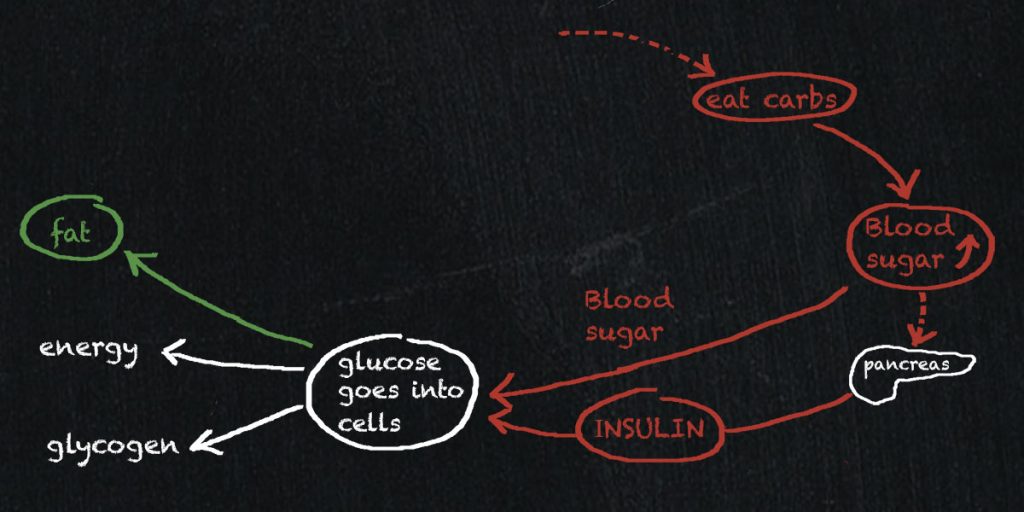
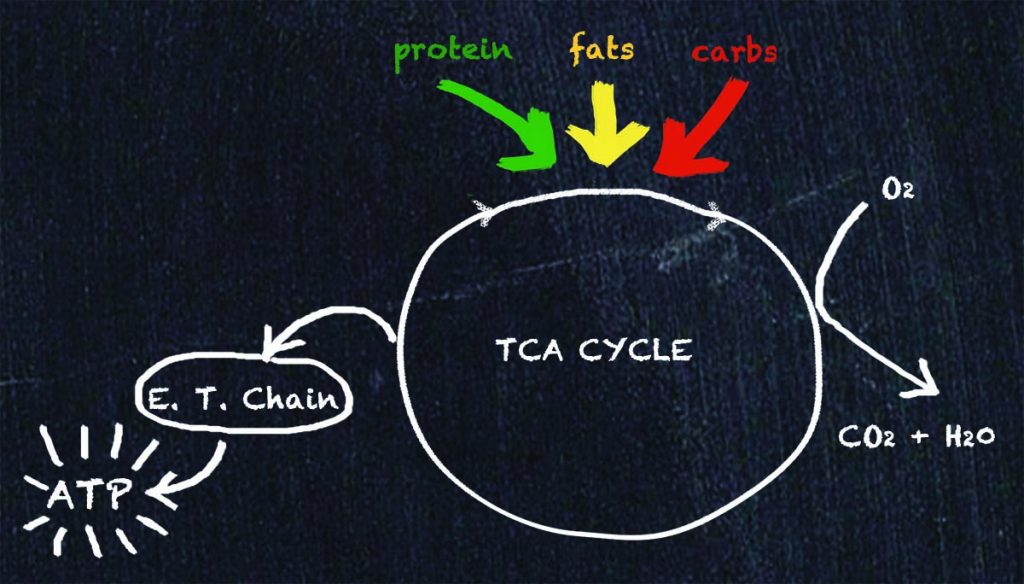


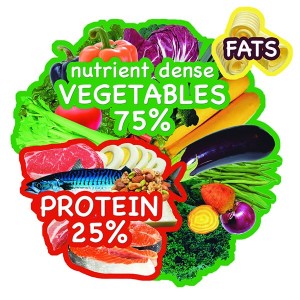 Our “ideal” plate is the result of years of clinical practice. It was designed empirically to provide enough micronutrients and macronutrients for most people.
Our “ideal” plate is the result of years of clinical practice. It was designed empirically to provide enough micronutrients and macronutrients for most people.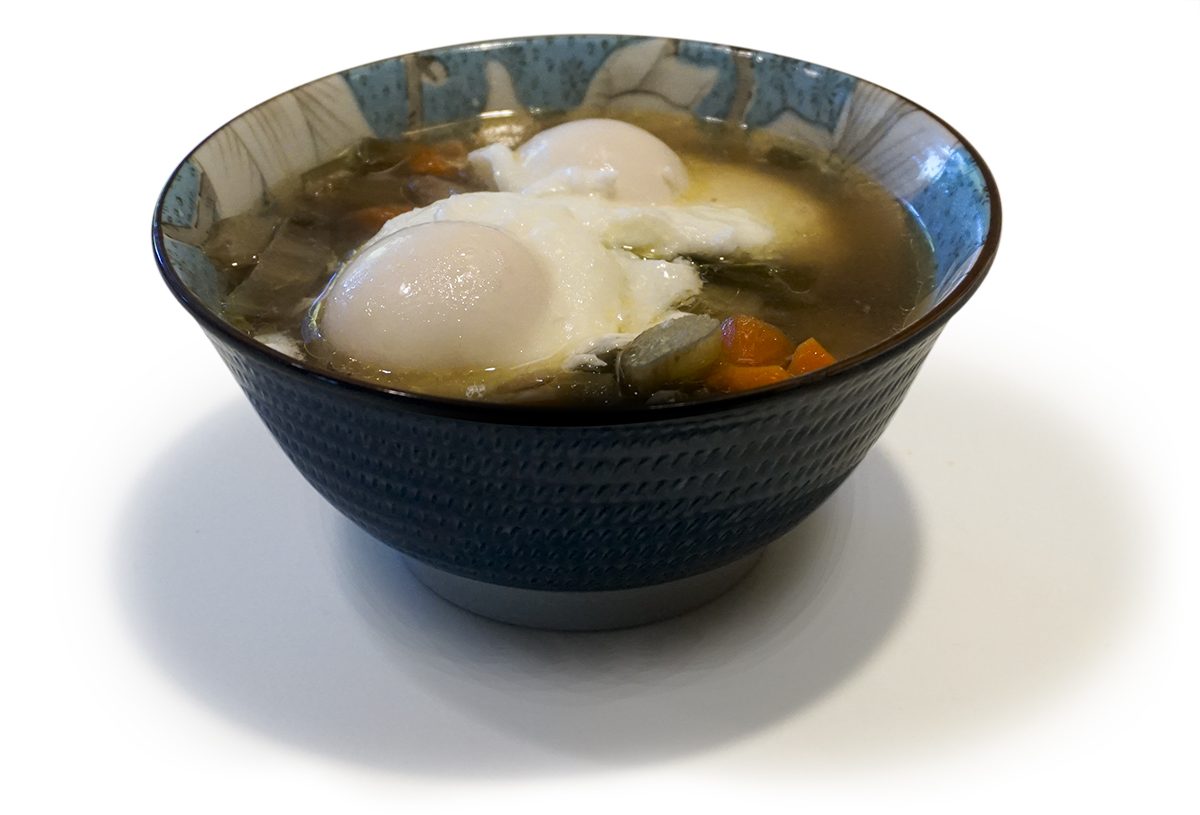
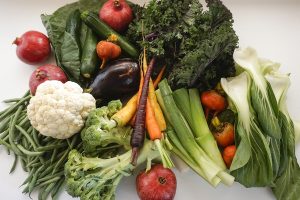

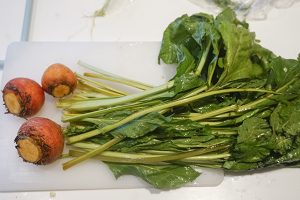

 Some think that it is still not clear enough. Here are proposed “better” labels:
Some think that it is still not clear enough. Here are proposed “better” labels: NUVAL score grades food on a scale of 1 to 100 based on many factors, positive or negative, including protein, calcium, sugar, cholesterol… It replaces the complex label by a single number.
NUVAL score grades food on a scale of 1 to 100 based on many factors, positive or negative, including protein, calcium, sugar, cholesterol… It replaces the complex label by a single number.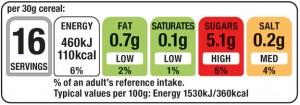 Traffic light, developed in the UK, assigns a red yellow or green to the components that are deemed important: fat, saturated fat, sugar and salt.
Traffic light, developed in the UK, assigns a red yellow or green to the components that are deemed important: fat, saturated fat, sugar and salt.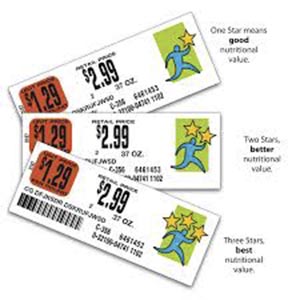 Guiding stars (developed in 2006) assigns 1, 2 or 3 stars to grade the food according to an algorithm that takes into account vitamins, minerals, fibers, sugar, fat, cholesterol.
Guiding stars (developed in 2006) assigns 1, 2 or 3 stars to grade the food according to an algorithm that takes into account vitamins, minerals, fibers, sugar, fat, cholesterol.
